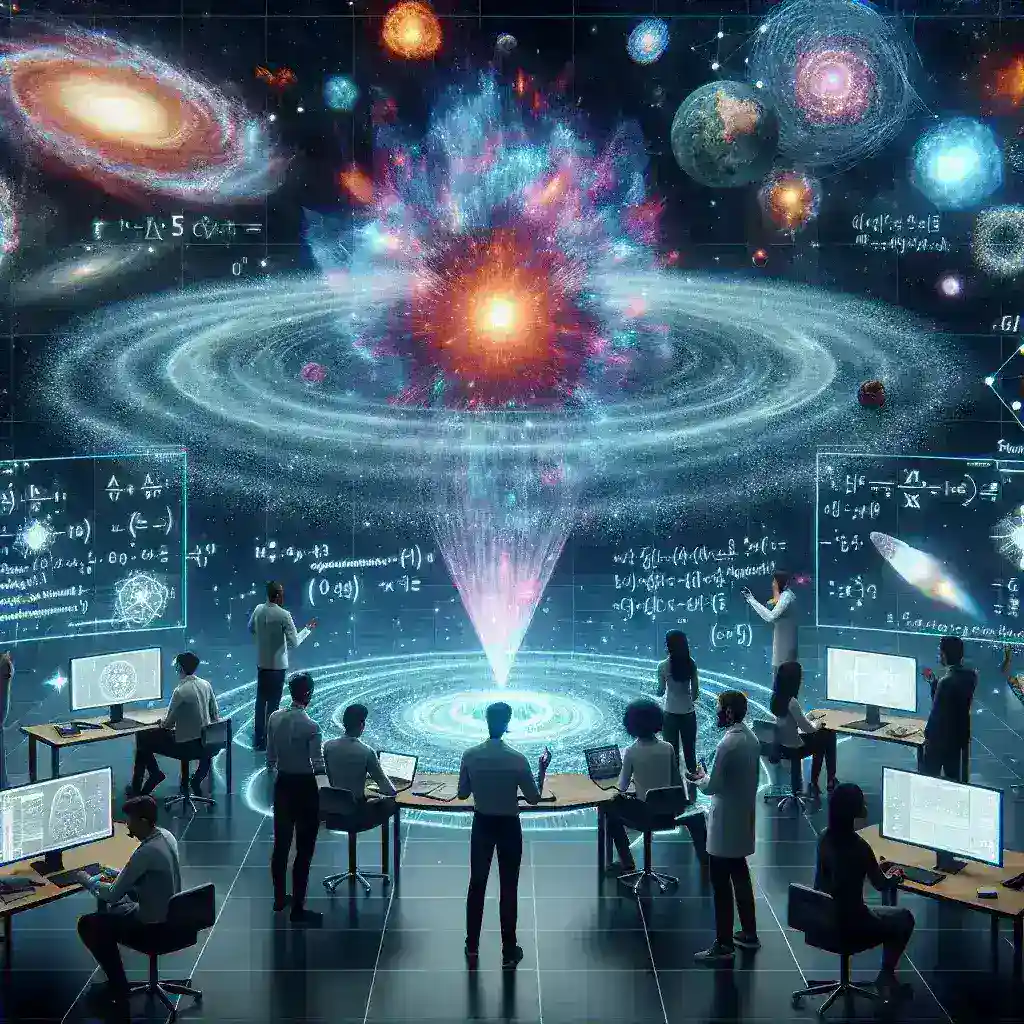Introduction
In the ever-evolving field of astrophysics, researchers are constantly seeking advanced methods to understand celestial phenomena. One of the most captivating events in the universe is a supernova explosion, a cataclysmic event marking the end of a star’s life. Recently, astrophysicists have embarked on a groundbreaking journey, training artificial intelligence (AI) models to predict these dramatic explosions years in advance. This article delves into the significance of this research, the methodologies employed, and its implications for the future of astronomy.
Understanding Supernovae
Before exploring the AI aspect, it’s crucial to comprehend what supernovae are. These stellar explosions occur when a star exhausts its nuclear fuel, leading to a collapse under its own gravity, followed by an explosive rebound. There are two primary types of supernovae: Type I, which occurs in binary systems, and Type II, resulting from the collapse of massive stars. Each type leaves behind remnants that can inform scientists about the universe’s formation and evolution.
The Need for Prediction
The ability to predict supernovae has profound implications for both astronomy and the general public. By anticipating these events, researchers can:
- Enhance observational strategies: Knowing when and where a supernova might occur allows astronomers to allocate resources effectively and position telescopes for optimal observation.
- Understand cosmic phenomena: Supernovae play a crucial role in the synthesis of heavy elements and the dynamics of galaxies. Prediction can lead to deeper insights into these processes.
- Prepare for potential impacts: Although rare, supernovae can affect nearby planetary systems and potentially have implications for life on Earth.
AI’s Role in Predicting Supernovae
Artificial Intelligence has revolutionized various fields, and astrophysics is no exception. Here’s how AI is facilitating the prediction of supernovae:
Data Collection and Analysis
Astrophysicists collect vast amounts of data from telescopes and space missions, including light curves and spectral data from known supernovae. AI models can analyze this data more quickly and accurately than traditional methods, identifying patterns and anomalies that may indicate an impending explosion.
Machine Learning Algorithms
Machine learning algorithms, particularly deep learning, are at the forefront of this initiative. By training models on historical data of supernovae, these algorithms learn to recognize the subtle signs that typically precede an explosion. This training involves:
- Feature extraction: Identifying key characteristics in the data that signify a supernova.
- Model training: Using a labeled dataset of past supernovae to teach the AI how to predict future events.
- Validation: Testing the model with unseen data to evaluate its accuracy and reliability.
Collaboration and Interdisciplinary Research
The project involves collaboration between astrophysicists, computer scientists, and data analysts. This interdisciplinary approach ensures that the AI models are not only technically sound but also grounded in astrophysical principles.
Case Studies and Real-World Applications
Several ongoing projects highlight the successful application of AI in predicting supernovae:
The Gaia Mission
The European Space Agency’s Gaia mission is a prime example of how AI can enhance our understanding of the universe. By mapping the positions and motions of over a billion stars, Gaia provides valuable data that AI can analyze for potential supernova indicators.
Automated Astronomical Surveys
Surveys like the Zwicky Transient Facility utilize AI algorithms to process real-time data, enabling the detection of transient astronomical events, including supernovae. These automated systems are crucial for rapid response and observation.
The Future of AI in Astrophysics
The integration of AI into astrophysics is still in its infancy, but the potential is immense. As machine learning techniques improve, we can expect:
- Increased accuracy: AI models will become better at distinguishing between different types of stellar events.
- Real-time predictions: Future models may provide alerts for imminent supernovae, allowing immediate observation.
- Broader applications: Techniques developed for supernova prediction could extend to other astronomical phenomena, leading to a deeper understanding of the cosmos.
Challenges and Considerations
While the prospects of AI in predicting supernovae are exciting, several challenges remain:
- Data Quality: The accuracy of AI predictions relies heavily on the quality and quantity of input data. Incomplete or biased datasets can lead to errors.
- Interpretability: Understanding how AI models arrive at their predictions is crucial for astrophysicists to trust and utilize these tools effectively.
- Ethical considerations: As with any advanced technology, ethical implications of AI in research must be considered, particularly regarding data usage and privacy.
Conclusion
The endeavor of training AI models to predict supernova explosions years in advance is a remarkable intersection of technology and astronomy. As our understanding deepens and technological capabilities expand, the universe may become a more predictable and comprehensible place. The implications of this research extend beyond mere predictions; they offer a glimpse into the future of astrophysics and our quest to unravel the mysteries of the cosmos.
Call to Action
As we continue to explore the universe, the collaboration between AI and astrophysics opens new frontiers. Stay updated on advancements in this exciting field and consider supporting research initiatives that drive innovation in understanding our universe.

Leave a Reply